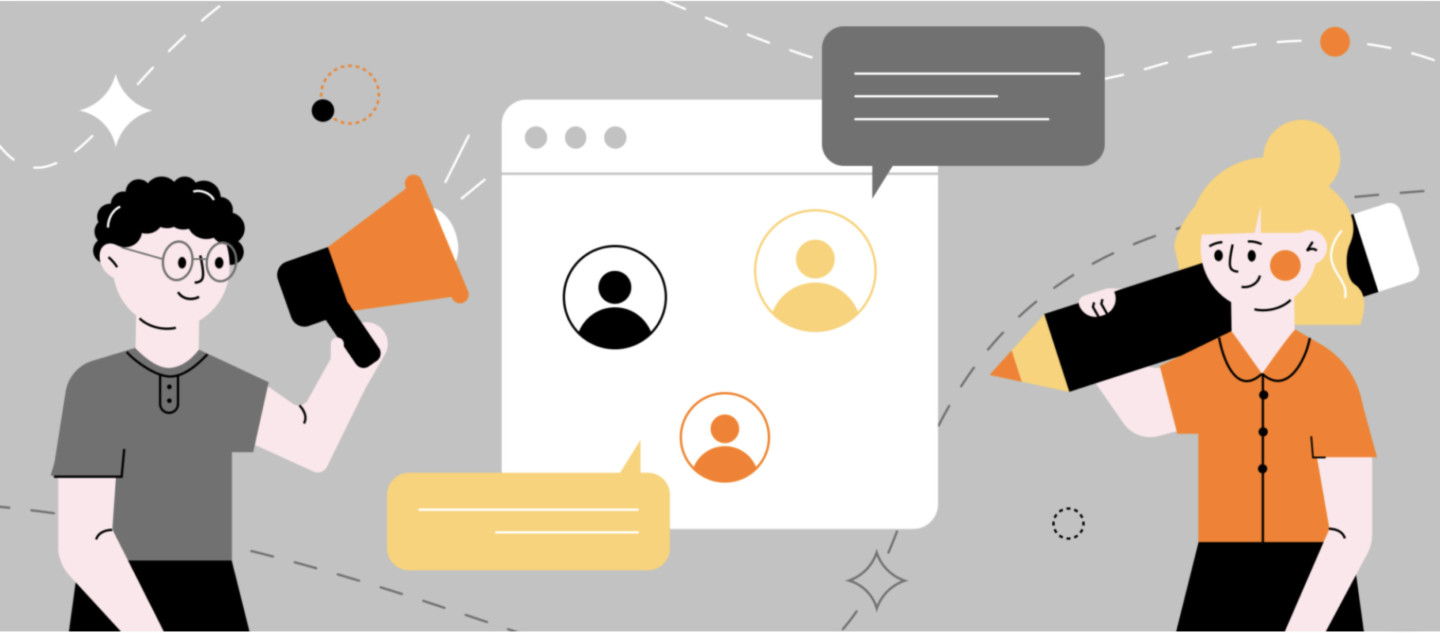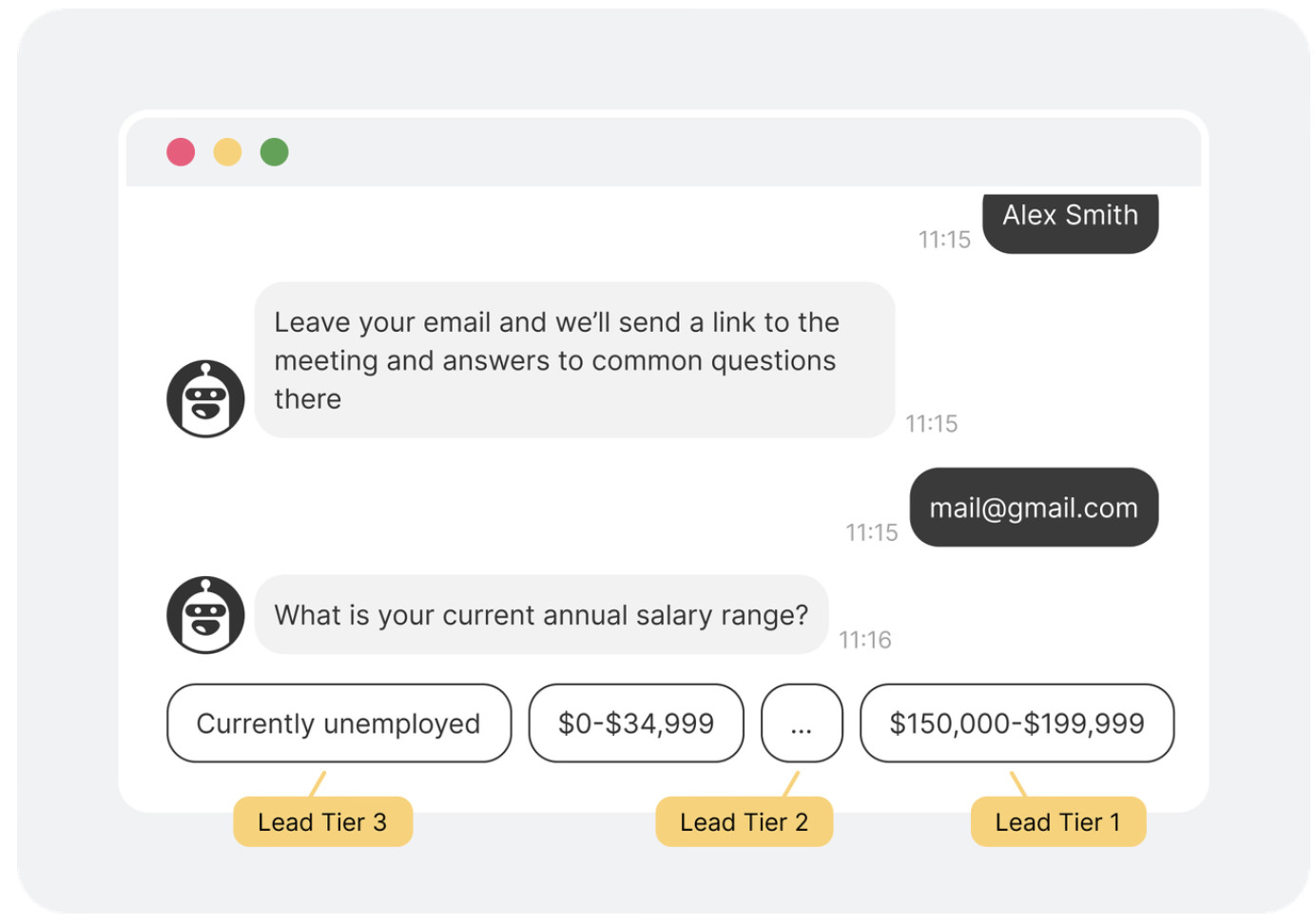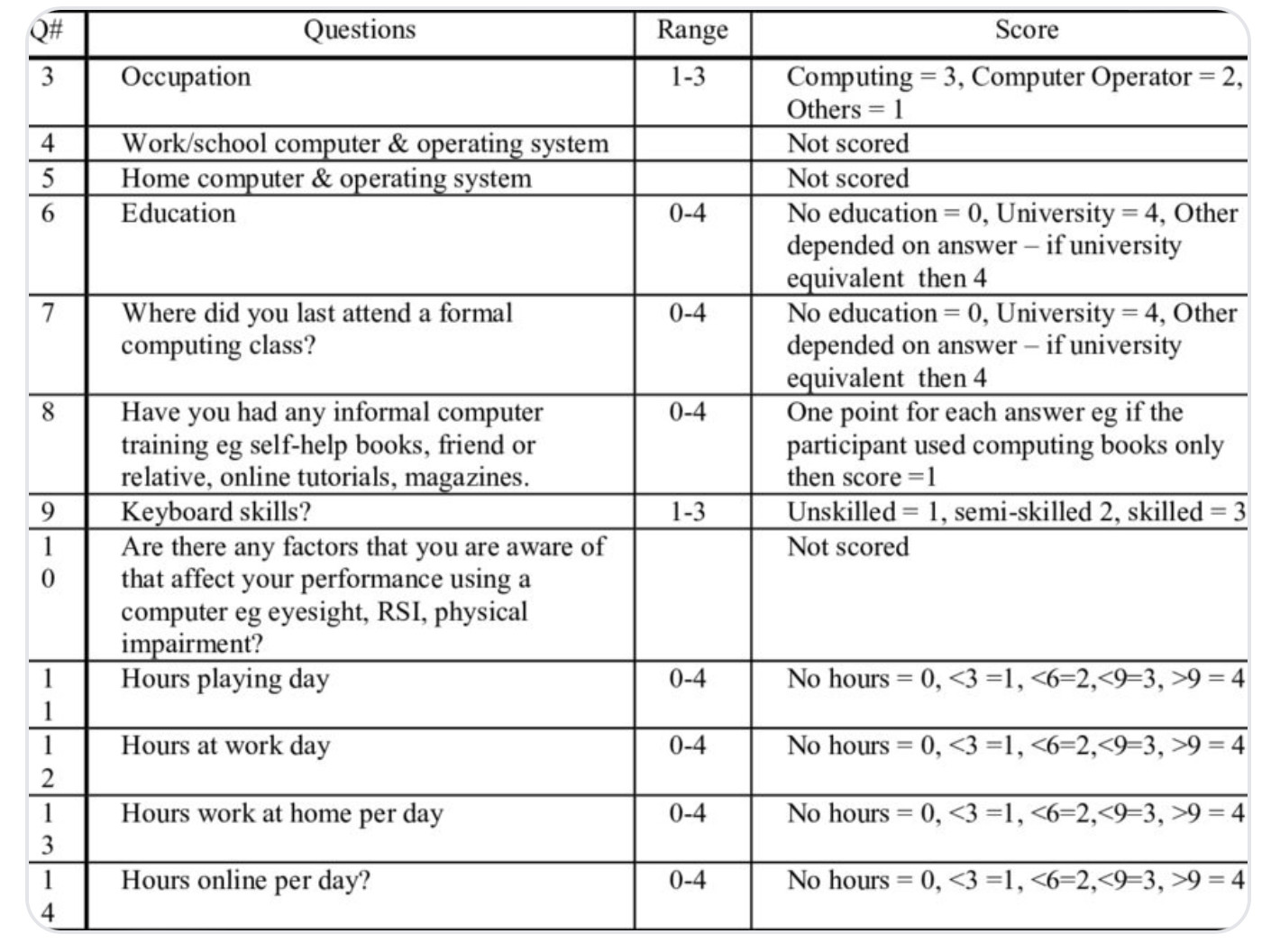Lead Scoring: How to Effectively Work with Leads and Increase Sales Conversions

When we first started experimenting with inbound funnels, we quickly realized that lead scoring would become one of our key features. This tool allows for more precise and faster segmentation, increasing sales funnel efficiency.
Together with Vadim Smirnov, a product manager at Dashly, we decided to delve into this topic further.
Why Lead Scoring is Important
Lead scoring is the process of evaluating potential customers based on selected criteria to determine their readiness to buy and the likelihood of a successful deal. Some key benefits of lead scoring include:
1️⃣ Prioritization and Resource Savings
Lead scoring highlights leads with high potential, allowing teams to focus on the most promising customers, saving time and effort.
It also helps grow more targeted traffic in acquisition channels. You can scale traffic using lookalike audiences based on the characteristics of your most targeted leads.
2️⃣ Segmentation and Personalization
Lead scoring enables you to divide the lead flow into groups and increases sales efficiency by focusing on the most targeted applications.
For example, our practice has shown that leads in group A (most ready to buy) do not need to be warmed up with special offers and discounts. However, less decisive leads in group B require more attention from sales.
3️⃣ Synchronization of Marketing and Sales
Clear and understandable lead evaluation criteria help establish interaction and build a more cohesive workflow between teams.
Both teams also share a common understanding of which leads are considered high quality for passing from marketing to sales, and they can evaluate the quality of the channel without waiting for the deal cycle to complete.
Types of Lead Scoring
Pardot Scoring (used in Salesforce) relies on behavioral signals. You assign points for certain actions (Pardot assets). If filling out a form is more valuable to you than visiting the pricing page, you assign more points to the form. The more points a user accumulates, the more engaged they are considered. The hottest leads are passed to sales.
Predictive Scoring captures signals at the device level, such as browsing speed, etc. This scoring is based on big data: people who behaved a certain way on certain pages are likely to convert at a specific rate.
Using machine learning, you analyze vast amounts of data to identify hidden behavior patterns. This method allows you to predict which leads have a high chance of closing successfully, even if their actions don’t stand out at first glance.
Scoring Based on Strong Questions — at Dashly, we use substantive scoring. By obtaining answers to questions, we gather data on the conversion rates shown by different groups of leads based on their answers.
For example:

Lead Tiers Our task is to use quiz responses to identify groups that significantly differ in conversion rates and then build marketing and sales efforts around these groups. Essentially, we divide leads into three priorities: group A — the hottest, group B — moderate, group C — cold.
There are two ways to identify user groups and strong questions:
- Historical Data: surveys that clients have used (NPS), data from sales (managers enter deals into CRM, and this data can help form strong questions);
- Collect data from scratch. The advantage of response-based scoring is that it doesn’t require complex technological solutions, and it is more accurate because we obtain lead characteristics directly from them rather than guessing based on behavior.
In my opinion, it’s better to use data that is easier to interpret. Yes, these are direct questions, but they provide a good prediction of conversion without complex calculations.
Factors to Consider in Lead Scoring
A key foundation of quality scoring is matching the Ideal Customer Profile (ICP). For a B2B company, such criteria might include:
Industry; Number of salespeople in the team; Marketing budget; Tech stack. If you have clearly defined your ICP, setting up quality scoring becomes much easier.
How to Develop a Lead Scoring System
At Dashly, developing a scoring system starts with identifying strong questions. A strong question is one that shows a significant difference in conversion rates based on different answers. It’s important to understand which lead characteristics or actions are most associated with successful deals in your company.
To identify strong questions, it’s best to start with sales since they are the main source of knowledge about leads. These people are on the front lines and generally know customer needs best.
Sales have inadvertently accumulated this database of scoring questions.
For instance, sales identified an unexpected strong question in one of our pilots: “What games does your child play?” Sales said that users who answer that their child plays Minecraft or Roblox convert better.
Alternatively, for B2B, questions from the BANT (Budget, Authority, Need, Timing) approach to lead evaluation can be used. Yes, these questions can be asked directly in a quiz for quick lead qualification.
Another way to learn more about leads is through marketing surveys, research, etc., although this is less common in our practice.
Brainstorming is the third method. Take a client profile and understand who they are and why they approach us. However, we recommend not making up questions randomly.
In reality, questions should be simple and straightforward. Even questions about money. Yes, for many, this topic is quite sensitive. In one of our pilots, 30% of users dropped out of our quiz on the money question.
Previously, we tried to be clever with our questions. We asked things like “How often do you have to make hiring decisions?”
But we found that the simplest formulations work best. Yes, many will drop out on the earnings question. But those who answer it give us a clear signal about their readiness to buy.
Next, based on historical data on closed deals, we assign points depending on the predicted conversion from strong questions. The higher the likelihood of purchase, the higher the score.
Through an iteration of data collection and analysis, we gather strong questions and answers that predict ABCD segments (tiers) of leads.

The final stage is testing and adjusting the scoring system. We launch it, analyze how scores correlate with actual conversions, and make adjustments.
Read also: 10 Benefits of Sales Funnel for Explosive Growth in 2025
Mistakes in Building a Scoring System
Insufficient data
When collecting responses, statistical significance is needed. We cannot build a scoring system on just a few dozen responses. The difference in conversion rates between groups should be significant to avoid mistaking a pattern for a coincidence.
Data may change over time
Differences between groups can change, and this needs to be considered by periodically reviewing the accuracy of the scoring model. It’s better to do this regularly.
With one client, we review the distribution every couple of weeks to ensure the model continues to work. There can also be external signals for revising the model, such as changes in the product or acquisition channels.
Inventing questions
As mentioned earlier, brainstorming qualification questions isn’t advisable. It’s better to rely on sales funnel metrics and your knowledge about users.
To avoid these pitfalls:
Regularly update and check your ICP and Buyer Persona. Set criteria based on data from closed deals. Remember to A/B test the scoring system to optimize lead handling based on real feedback. At Dashly, scoring is one of the key features that allows for personalized communication and doubles the conversion of priority lead groups into sales compared to the control group.
Intrigued? Email us at team@dashly.io to know how we can benefit your business.
Read also:
– Guide to sales funnel optimization: best tips, tools, and common pitfalls;
– 10 inspiring sales funnel examples to boost your business growth;
– Mastering sales funnel analysis: step-by-step guide, tools, and examples;
– Ultimate guide to an AI sales funnel: the best tips, tools and common mistakes to avoid.




